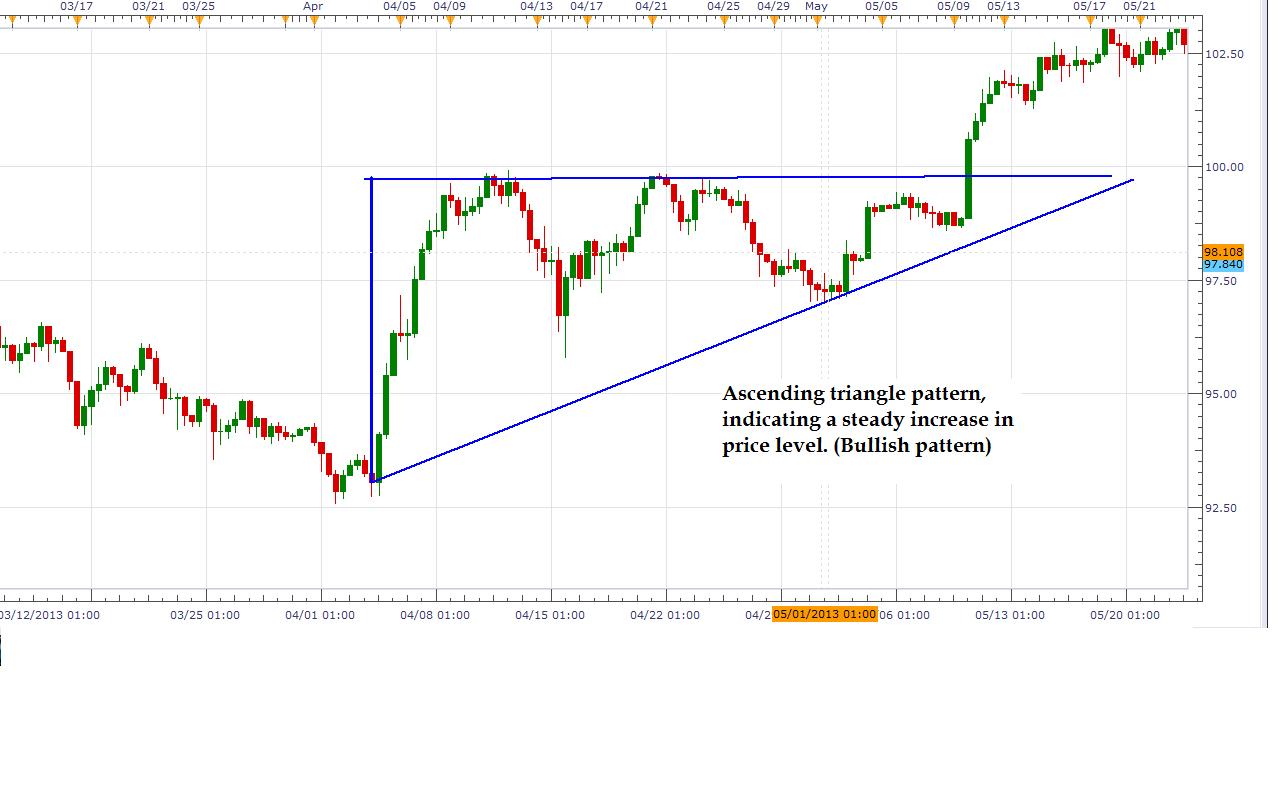Is Trading Forex Like Trading Stocks?
The quick and simple answer is “no.”
Trading Forex is different from trading stocks in many
respects. In fact, it is different in almost every respect.
First of all, when trading Forex, you are trading “pairs,”
rather than a single item. You can “pair trade” certain stocks and futures, as
well. For example, you can trade corn vs. wheat, BMW vs. Mercedes, gold vs.
silver, and many other pairs. But the only way you can trade Forex is in pairs.
The second big difference between trading Forex and stocks
is that stocks tend to reverse directions fairly frequently, while Forex pairs
tend to trend longer. A currency can be thought of as the economic strength of
an entire country distilled into one trading entity. Thus, when you trade the
USDCHF, you are considering the economic strength of the USA vs. that of
Switzerland. The economy of a country doesn’t generally turn quickly, and
neither does Forex. During most trading days, popular Forex pairs will remain
within a fixed range. The EURUSD, for example, trades in a range of about 100
pips each day.
A third difference is the margin requirements. In Forex, the
margin is typically 50:1. Stocks usually have a maximum margin of 4:1. This
difference can be both useful and dangerous – useful because you can control
more currency with fewer dollars; and dangerous because you can lose a lot of
money very quickly.
There are other important differences, and we’ll discuss
them in detail in the course.



















